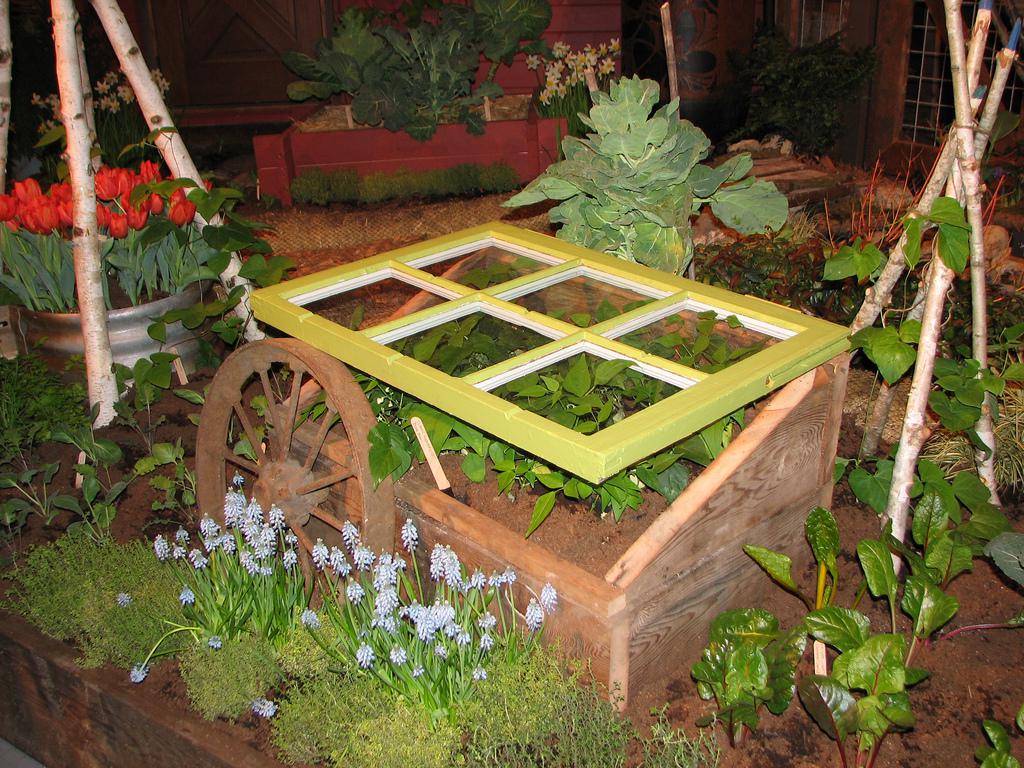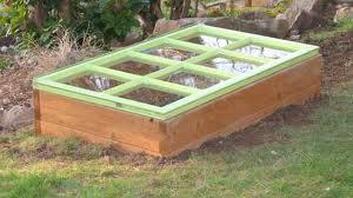|
One of the challenges for cool climate gardeners is the short growing season. It can seem like a race to get plants to maturity and ready for harvest in time before the frosts descend once more. One way to extend the growing season is to start crops indoors, on your windowsills, early in the year. That way, you can sow certain seeds long before your last frost date and improve your chances of a viable harvest. But plants grown inside require hardening off before planting out in your garden. Making a cold frame for your garden could be the perfect solution. Why Create a Cold Frame? There are a number of reasons for the necessity of hardening off seedlings before planting them outside in your garden. For one thing, they are unused to the wider range of temperatures that will be experienced outside. They will also be unused to the buffeting of breezes and to strong sunlight. These factors will also mean that, when moved outside, your plants will experience greater rates of evaporation and could struggle to cope with the greater variation in water supply. It is a good idea to gradually acclimatise your plants to outdoors conditions over a week or two. A cold frame makes this process easier because it is possible to open it up in stages over this period until your plants are ready to be placed in their final growing positions. Materials for a Cold Frame If is relatively cheap and easy to make your own DIY cold frame at home. You can often do so using scrap materials that may be lying around, or which can often be found online or at a local reclamation yard. The first stage in constructing a cold frame is to find/buy a piece of glazing to make the lid of your cold frame. This lid will be raised or lowered to expose plants to the breeze while still giving them a little bit of protection. An old window is ideal. The size of this old window will determine the eventual size of your cold frame. The cold frame will be rectangular in shape, but remember, it should slope down towards the front, ideally facing south, certainly in full sun. Measure your new lid and determine the size of the rectangular base that you will have to make. There are a number of ways to make the base from materials you may have easy access to. Bricks, stones or even logs from your garden can make a very sturdy cold frame but the easiest and cheapest option is probably to construct a simple frame from reclaimed timber. Constructing a Cold Frame Wood is relatively easy to work with and you will need only rudimentary woodworking skills. You will need some wood (e.g. old stud timber) for the framing and some planks to make the sides of your cold frame. You can choose to nail or screw. You will also need some hinges and a stick that will hold up the lid at a couple of different heights when you want it open. Decide on your exact design before you begin.
1 Comment
|
GROW ORGANIC!
|
|



 RSS Feed
RSS Feed




